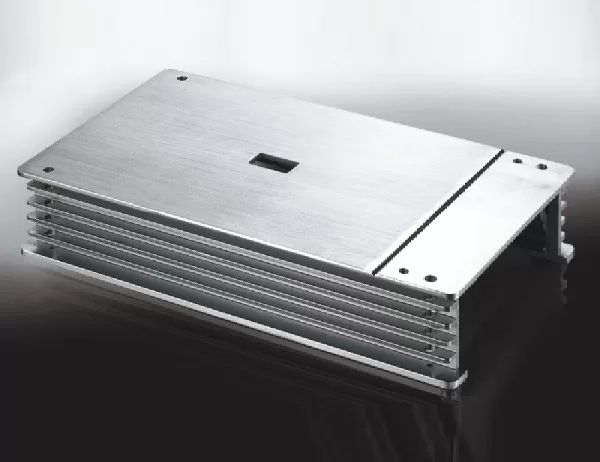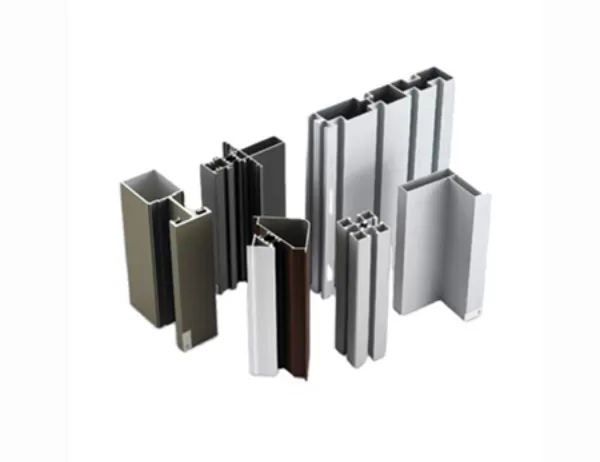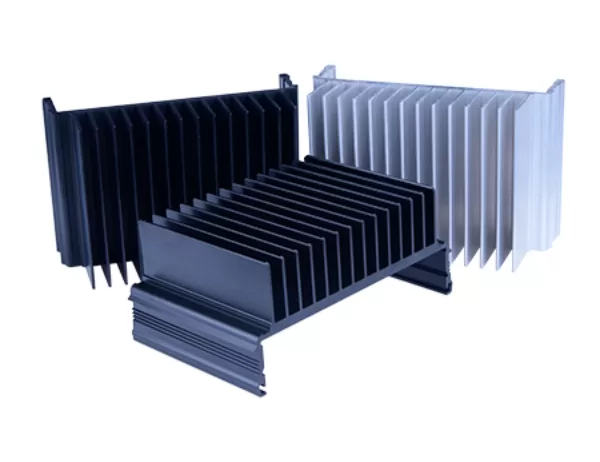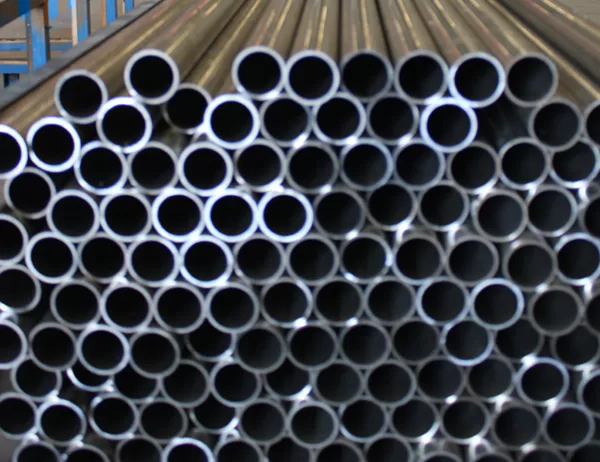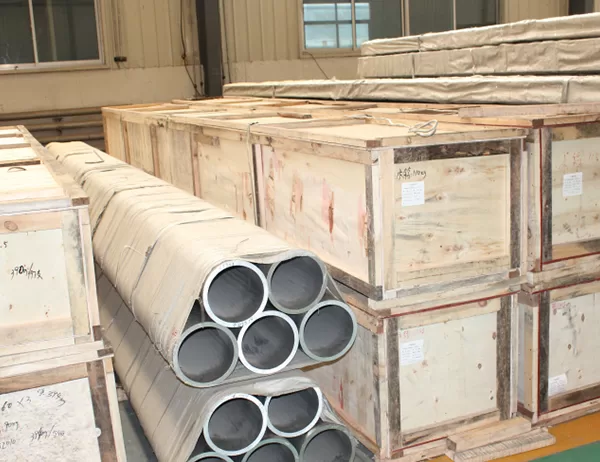Cost-Benefit Analysis of Aluminum Shuttering in Large Scale Projects: Unlocking Efficiency and Profitability
In the competitive world of construction, innovative techniques that optimize time, resources, and costs are paramount. Aluminum shuttering emerges as a game-changer in large-scale projects, promising significant advantages and transformative outcomes. This cost-benefit analysis delves into the compelling reasons why aluminum shuttering should be the preferred choice for ambitious building endeavors.
Enhanced Speed and Productivity:
Aluminum shuttering is renowned for its lightweight and modular design, enabling swift assembly and disassembly. This rapid setup time translates into accelerated construction schedules, reducing downtime and allowing projects to be completed sooner. The ease of handling and installation further enhances productivity, resulting in substantial time and labor savings.
Durability and Longevity:
Unlike traditional timber or steel shuttering, aluminum is highly resilient and durable. It withstands harsh weather conditions, corrosion, and wear, ensuring multiple reuses without compromising its integrity. This extended lifespan significantly reduces replacement costs, making aluminum shuttering a sustainable and cost-effective investment.
Reduced Material Waste:
Aluminum shuttering features precision-engineered panels that perfectly align, minimizing gaps and eliminating the need for excessive filler material. This not only reduces material waste but also enhances the overall quality and finish of the concrete structure.
Improved Safety and Ergonomics:
The lightweight nature of aluminum shuttering promotes safety and ergonomics on the job site. Workers can easily handle and assemble the panels, reducing the risk of accidents. Additionally, the modular design allows for tailored solutions to complex geometries, minimizing the need for risky adjustments or cutting.
Environmental Sustainability:
Aluminum is a recyclable material, making aluminum shuttering an environmentally friendly option. Its extended lifespan and reduced material waste further promote sustainability by minimizing resource depletion and landfill waste.
Conclusion:
The cost-benefit analysis of aluminum shuttering in large-scale projects convincingly demonstrates its overwhelming advantages. By enhancing speed, durability, reducing waste, improving safety, and promoting environmental sustainability, it empowers construction companies to achieve greater efficiency, profitability, and stakeholder satisfaction. Embracing aluminum shuttering is a strategic decision that unlocks the potential for transformative outcomes in the construction industry.
